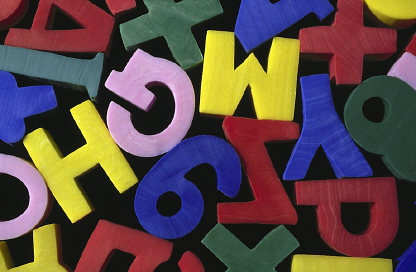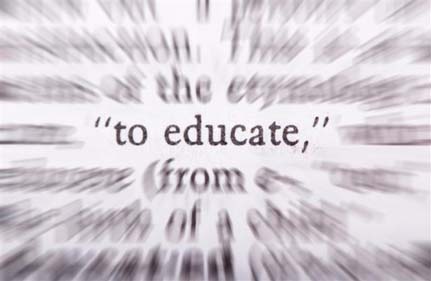Speech Therapy Jargon: Acronyms
When you’re a military wife (or husband), you learn a whole new vocabulary. Sea bag. DITY. AWR. GI party (which is most certainly NOT a party). When your child is diagnosed with a speech disorder or delay, it’s pretty similar. You’ll have a lot of terminology to absorb, acronyms to memorize, and at-home speech therapy techniques to use. Not to mention all the legal jargon associated with the process to get your child into special education. Here’s a quick reference guide to help you grasp the basics of speech therapy acronyms. It’s purposefully not in alphabetical order; in most cases, each subsequent acronym adds to the information given for the preceding acronym.
SLP
A speech-language pathologist, also called a speech therapist. A professional who can help your child overcome his speech disorder or delay. SLPs may work on everything from vocabulary to articulation, and much, much more. A public SLP works in the public school system. A private SLP might have her own practice or she might work in a hospital or clinic.
SLPA
A speech-language pathologist assistant. State requirements vary, but this is typically a person with a Bachelor’s degree in Speech Language Pathology. She is licensed to practice speech therapy by the state, but must do so under supervision.
ASHA
The American Speech-Language-Hearing Association. The professional organization in the U.S. for SLPs and audiologists. ASHA issues certifications for SLPs, offers continuing education courses, and, more importantly for you, offers a wealth of online information about various speech disorders and treatment techniques.
CCC-SLP
The Certificate of Clinical Competency in Speech-Language Pathology. The certification offered to SLPs by ASHA. When you are looking for a speech therapist for your child, always ask if they have a current CCC. Not all states require it.
IDEA
The Individuals with Disabilities Education Act. It was originally passed in 1975 and reauthorized in 2004. It’s a law designed to ensure that children with disabilities have equal access to education. It requires schools receiving public funding to provide services and/or classroom modifications to all qualifying children. (“Qualifying” means that your child is proven to have a disability that interferes with academic success.)
FAPE
Free, appropriate public education. All children must have access to a FAPE, which is part of the IDEA law. It means that if your child qualifies under IDEA, he must have access to services free of charge. Those services include any that are necessary for the child to reach the same academic targets as children without qualifying disabilities. This quick primer on FAPE by the National Center for Learning Disabilities is a helpful glance at the basics.
EI
Early Intervention. This refers to special education for children who are not yet in school. It is included in the IDEA law, and it means that if your child has a qualifying disability he will have access to public services free of charge.
IFSP
Individualized Family Service Plan. It is a legal, written document that is customized for each child who qualifies for EI. The document details the specific services that your child will receive and how he will receive them.
IEP
Individualized Education Program. It is a legal, written document similar to the IFSP, except that it is for schoolchildren who are in special education. Every special ed child has an IEP that discusses his required services, classroom modifications, and progress-oriented goals.





